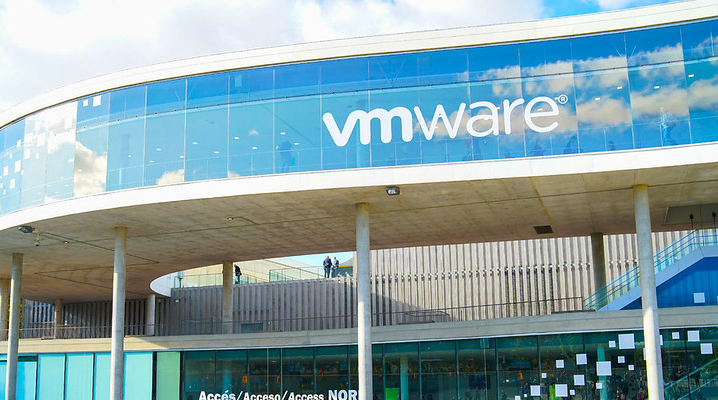 CLOUD
CLOUD
 CLOUD
CLOUD
 CLOUD
CLOUD
VMware Inc. today announced some forthcoming updates to its VMware Fusion and VMware Workstation desktop hypervisor products that will work with container-based applications running on Kubernetes.
VMware Workstation is a hosted hypervisor that makes it possible to run multiple computer operating systems as virtual machines on a Linux or Windows personal computer, while VMware Fusion enables the same for Intel-based Mac computers. They’re typically used by developers and other information technology professionals to build, test and demonstrate software and ensure it can run on a range of devices, platforms and cloud infrastructures.
Most developers these days are using Kubernetes to manage large numbers of software containers, which are used to host the components of modern applications. VMware said it wants to support Kubernetes on both Fusion and Workstation.
“The latest enhancements to Fusion 12 and Workstation 16 will enable developers, as well as IT Pros and businesses alike, to not only simplify application building, but also seamlessly move into the testing and production stages with advanced management and protection,” said Lee Caswell, vice president of products at VMware’s Cloud Platform business unit.
The updates enable the use of VMware’s container engine command line interface, called vctl, to deploy Kubernetes clusters on virtual machines running on Fusion and Workstation. Those clusters can also support a tool called “kind” that runs local Kubernetes clusters using containers as nodes, VMware said.
Fusion and Workstation now also support connections to VMware vSphere 7 through EXXi and vCenter, which makes it possible to configure and operate VMs remotely and migrate containerized workloads between desktops and the data center.
Together, the updates make it possible to build containerized applications that can be fully supported on VMware vSphere 7, VMware Cloud Foundation 4 with Tanzu, or VMware Tanzu Kubernetes Grid clusters.
Besides the Kubernetes integrations, Fusion and Workstation also get a new sandbox rendering engine for increased security, support for USB 3.1 virtual devices, and support for external graphics processing units so resource-heavy compute processes can be offloaded to a more powerful, external GPU device.
VMware expects to release Fusion 12 Pro and Workstation 16 Pro are expected sometime during the third quarter.
Support our mission to keep content open and free by engaging with theCUBE community. Join theCUBE’s Alumni Trust Network, where technology leaders connect, share intelligence and create opportunities.
Founded by tech visionaries John Furrier and Dave Vellante, SiliconANGLE Media has built a dynamic ecosystem of industry-leading digital media brands that reach 15+ million elite tech professionals. Our new proprietary theCUBE AI Video Cloud is breaking ground in audience interaction, leveraging theCUBEai.com neural network to help technology companies make data-driven decisions and stay at the forefront of industry conversations.